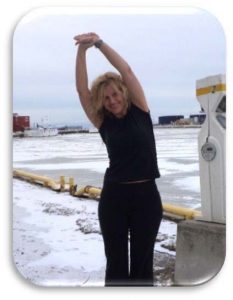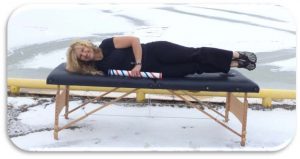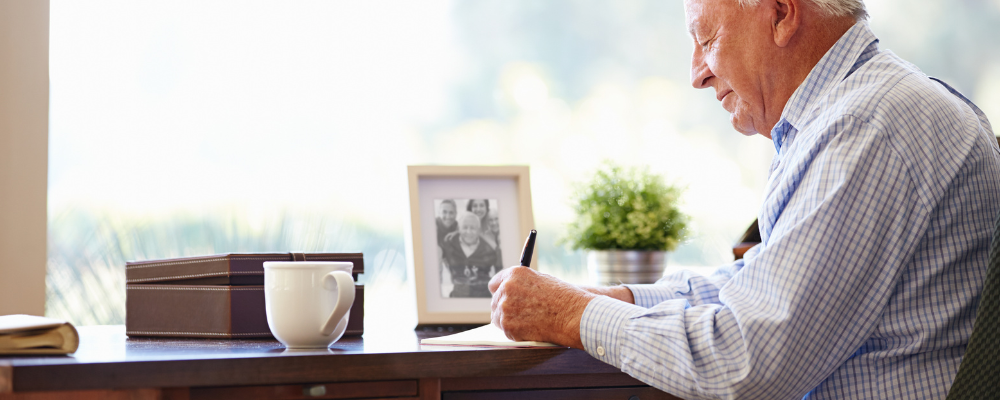Are you a righty or a lefty? Did you know that the movement patterns created by
the use of your dominant hand may impact your posture and even create joint
strain? Handedness affects our entire body from head to toe.
If you are right-handed, the most common pattern is that the right shoulder
drops slightly lower than the left shoulder. This in turn causes our head to be
slightly off centered. We may also lean to one side resulting in uneven weight
distribution in our hips, knees, ankles, and feet. Furthermore, having one
shoulder lower than the other causes a slight C curve in the spine. If you can
imagine bending a gumby figure slightly to the right, this is a right-handed
pattern.
Whenever we have postural changes and imbalances it causes stress on the body
and wear and tear to our joints. This can result in pain to our feet, back, hip,
shoulder, and neck. Functional or acquired scoliosis can be the result of postural
changes or handedness and involves alteration to intrinsic structures and
surrounding tissue. Initially, it may seem small and appear harmless but over
time it can create permanent faults in the spine’s structure and function. If you
are left-handed, or have attained an injury, patterns aren’t so distinct. I am lefthanded
but use my right hand for many things. This actually results in a slight
right-handed pattern.
So how do we tell if we have a handed pattern? There are a couple of simple ways
to check. Notice what side of your mouth you chew gum on. It will usually be
your dominant side.
If one shoulder is lower than the other, our clothes probably will not hang
properly. Facing a mirror, look at the neckline of your shirt. Try this several times
throughout the day and if you notice that many times the neckline is lower on one
side, your shoulder may be dropping slightly. The shirt will always slide down
towards the lower side like a sled going down a hill. Next try standing facing the
mirror with your arms hanging casually at your side. You may notice more space
between your elbow and your waistline on one side.
When I put a right-handed client on a balance board, they will often find that the
board goes to the right. Another tests I perform for handedness is to have a client
stand on two identical bathroom scales, with one foot on each, looking straight
ahead. I have noticed as much as 5-6 pounds of postural sway in some clients.
That is a lot of extra weight to be putting on one leg for many years. This is
important because over a lifetime we spend hours standing and sitting. And if we
are leaning more to one side the cumulative stress on that side of the body is
huge.
The Farmington Foot Study showed that right-handed people have a higher
incidence of foot pain on their dominant side. This means we have a higher
incidence of breakdown in the right foot that could show up as a fallen arch,
plantar fasciitis, or hammer toe. We tend to have more knee problems on our
dominant side as well. Think of the Leaning Tower of Pisa. The trickle-down
effect is huge. The good news is body awareness and proper exercise can help.
The exercises below are suggestions that can be helpful for adults with Right
Sided Handedness. This is the most common pattern. If you find your left
shoulder is lower, as in you have a left-handed pattern, use the same exercises on
the opposite side. For example, perform the shoulder shrugs with your left
shoulder instead of your right. It is best to get advice or a postural analysis from a
medical professional before starting any exercise program.
Right Shoulder Shrugs: Sit or stand tall then roll the shoulders back, inhale to
prepare and on the exhale draw your right shoulder towards your ear and inhale
to release and relax. Repeat 10x

Left Shoulder Stretch: This helps lower our high shoulder and reduce
tension. Reach you left hand behind your back. Hold your left wrist and gently
pull it down towards the floor. Give yourself a slight double chin and drop your
ear towards your right shoulder

Right Lateral Stretch: Reach the right hand overhead and hold onto the wrist. Next think about anchoring and pressing down on the right sitting bone if you are seated or pressing into your right foot if you are standing. Press down as you gently pull the wrist to create opposition and length along the right side of the body. Hold for 30 seconds.

Double Leg Lift Left Side only: Start by lying on the right side of your body. Glue both legs together and lift. Rpt 5x

If you are not certain that you are performing the exercises on the correct side a good way to self-monitor is to perform the exercises on both sides. Notice if the exercise is more difficult on one side of the body than it is on the other. If you notice the exercise to be more difficult on one side this means that those muscles are not as strong. A good rule to go by is to perform the exercise 3x more on the difficult side. If you find the exercises feel the same on both sides perform the exercises equally on each side. You can perform the above exercises every day.






